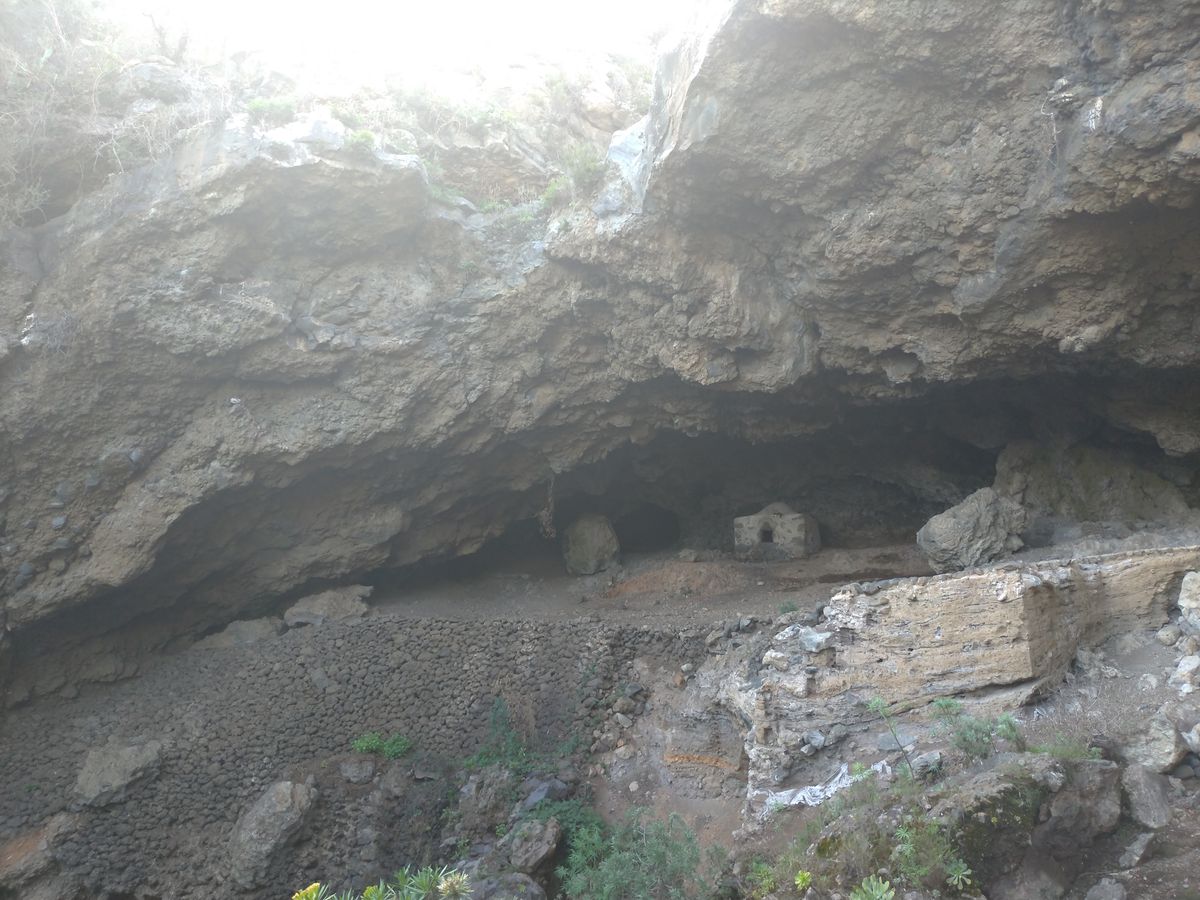About
Before the Castilians invaded the Canary Islands during the 15th-century and destroyed many forms of foreign culture, there was a thriving community of natives on La Palma. They maintained complex societies with agriculture, herding, pottery, and different judicial regions or "cantons." Each had their own leaders. The Belmaco Cave was located in the region known as Tigalate.
The cave belonged to the king of the region and was regarded as an important spiritual/political meeting place. Its last inhabitants were two brothers who ruled as kings, Jariguo and Garehagua. They controlled the region until they were eventually vanquished by the Castilians.
The cave has not been used as a home ever since, and was quickly forgotten by uninterested conquerers. However, it was the first to be re-discovered as an archeological site in 1762. Throughout the years, several satellite caves, some of which had been used as burial grounds, were discovered around the island. Countless other artifacts, pottery, bones, and shell jewelry have been discovered throughout the region.
Today the cave is open for tourists, with signs denoting its rich history and heritage. At the site, there is a small shop that sells handicrafts and souvenirs. A small museum can also be visited that shows some of the findings unearthed inside the cave.
Related Tags
Know Before You Go
The entrance fee is two euros. The cave is open Monday – Saturday 10:00 a.m. – 3:00 p.m., closed on Sundays. It's advised to travel by car and park on the nearby parking lot.
Community Contributors
Added By
Published
October 31, 2019
Sources
- https://www.hejkanarieoarna.com/museer-och-platser-av-turistintresse/la-palma/parque-arqueologico-cuevas-de-belmaco/
- https://lapalma-island.com/about-la-palma/places/belmaco-cave-the-royal-palace-in-mazo/
- https://en.wikipedia.org/wiki/Guanches#Political_system
- https://es.wikipedia.org/wiki/Cant%C3%B3n_de_Tigalate






















